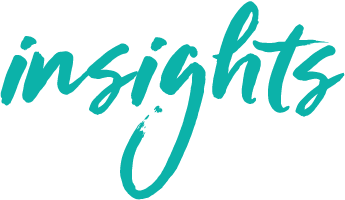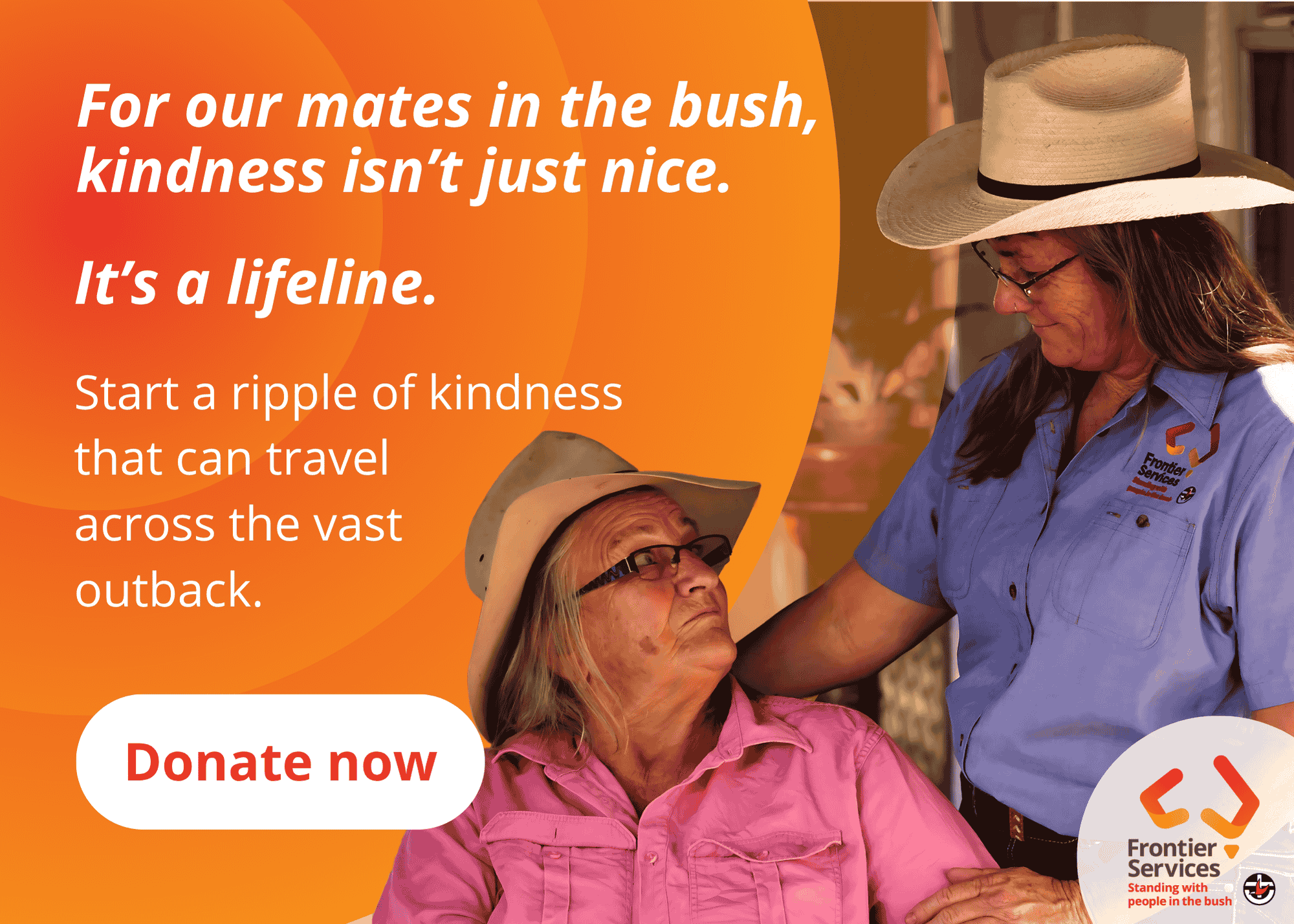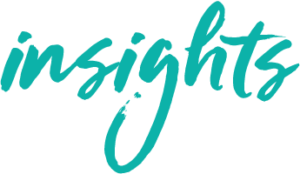There are many views on creativity, how to be creative, and the creative process itself, but has the act of being creative been coopted by the “creative arts”.
We often hear the word creative and assume that in order to possess creativity we need to paint, sculpt, draw or play music.
Perhaps we need to broaden our perception of creativity.
Hear me out. As Christians are we not created in the image of God? This is often known in Greek as ‘imago dei’, we are wonderfully and fearfully made in God’s image and God is ultimately our creator. As children of a creator God, we surely possess the inherant ability to create?
One of the essential components of creativity is inspiration and imagination. The art of creativity in our daily life also comes from our connection to the world, people around us and of course God and Holy Spirit if you are a Christian.
Our creative juices often flow when we can bounce daring ideas off each other and nurture a community around inspiration and creative endeavours.
Surely being creative is about presenting a piece of art, a spreadsheet, a design, an idea, or an innovation in a way that is filtered through your own unique perspective, talent, and skills?
A creative project, whether a painting, a sculpture, a fashion item, or a user interface—whatever form it takes, the finished product is shaped by countless influencing factors which connect us to other people who also create.
American author Elizabeth Gilbert has said that “A creative life is an amplified life. It’s a bigger life, a happier life, an expanded life, and a hell of a lot more interesting life”.
The wonderful Elizabeth Gilbert has exploded as a thought leader on “the creative life” since her book Big Magic (2016) became a bestseller. Her Ted Talks have also reached millions of people.
Her quote reminds us that you have to be connected and inspired by interesting people, learn new things, and see new people consistently. The connectivity and relational nature of creativity is what connects us to faith in God also.
Faith is a leap to believe in something bigger than yourself. To create something is to take a chance with something and you cannot anticipate the outcome.
Every human has a unique perspective of the world. Everyone can create something original. Just like every person has a unique reflection in the mirror, all our creative expressions can be unique, too.
That’s not to say that the creative process isn’t messy – becuase it’s about inventing, experimenting, growing, taking risks, breaking rules, making mistakes, and having fun.
Maya Angelou, renowned American author and poet once said, “You can’t use up creativity. The more you use, the more you have”.
What a relief to know that your creativity can’t run out. It’s an endless resource that becomes more activated the more you unleash it.
Perhaps that’s why it’s often called a “creative flow.” The key to creativity is unlocking something within yourself so that the creativity can flow.
What would any article on creativity be without a bit of wisdom from Brené Brown?
Her mantra is that “There is no innovation and creativity without failure.”
Failure is so important to learn from when it comes to creativity – we all learn from our mistakes. It teaches us how to refine and where to improve, plus “failure” can guide us to something better, something unexpected.
Some research shows that all humans start out creative as children, and creativity is simply neglected, or we’re trained out of it as we grow older. And this seems to go hand in hand with a “child-like” faith.
Jesus said that “unless you change and become like little children, you will never enter the kingdom of heaven. Therefore, whoever humbles himself like this child is the greatest in the kingdom of heaven. And whoever welcomes a little child like this in my name welcomes me.” (Matthew 18:2-5)
Author Ursula Le Guin’s famous quote that “The creative adult is the child who survived,” seems to mirror this biblical perspective. Picasso had a similar opinion to Le Guin when he said, “Every child is an artist. The problem is to remain an artist once they grow up.” This is a reminder that, in order to access creativity, we have to let our inner child come out.
Viewing the world with curiosity and imagination are the benchmarks of creativity.
Finally this quote from contemporary author Austin Kleon seems the best advice for a creative and fulfilling life: “Draw the art you want to see, start the business you want to run, play the music you want to hear, write the books you want to read, build the products you want to use – do the work you want to see done.”
The more you live a life that inspires you, the more access you have to your creativity.













2 thoughts on “How do we understand being creative?”
Yes! Reminds me of the line from Mary Oliver’s poem: “What will you do with this one wild and precious life”
And of course, Julia Cameron’s wisdom in The Artist’s Way.
Thanks Adrian
Thanks Greer, I would love to keep exploring “this wild and precious life” and how to think about creativity in it’s broadest terms in relation to both faith and life.